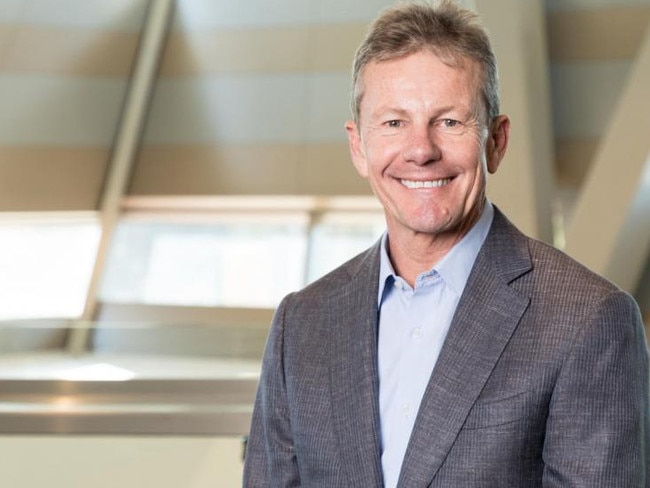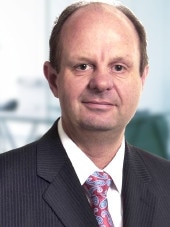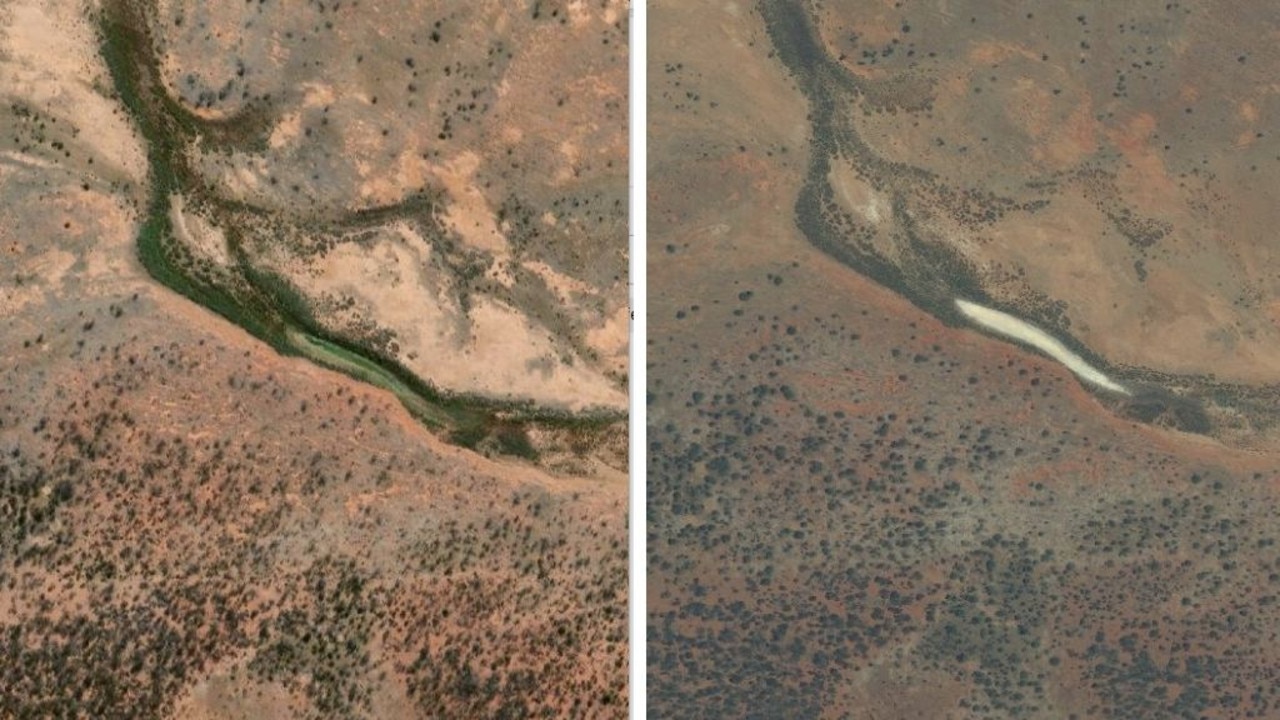Australia’s renewable energy future: How do solar, wind and hydro work?
Australia’s energy is increasingly coming from the sun, the wind and other natural sources. But opinions are divided over how much we should rely on renewables.

Environment
Don't miss out on the headlines from Environment. Followed categories will be added to My News.
Renewables now generate a quarter of Australia’s electricity, and that proportion will only increase as more and more businesses and individuals look to cut down their emissions. The Australian Energy Market Operator says rooftop solar alone could be supplying more than 75 per cent of our electricity demand (at certain times) by 2026.
Here’s what you should know about renewables.
WHAT IS THE CASE FOR RENEWABLES?
Naturally replenishing energy sources such as hydro, solar, wind and geothermal power do not emit greenhouse gases – which means they’ll be an essential part of any move towards net zero. Wind and solar power stations are also substantially cheaper than coal, gas and nuclear.

HOW MUCH OF OUR ENERGY COMES FROM RENEWABLES?
According to the federal government, 24 per cent of Australia’s electricity came from renewable energy in 2020, up from 21 per cent in 2019.
Others put the figure at 27 per cent, with the proportion varying widely from state to state. Tasmania leads the way with 99 per cent renewables, while Queensland has just 16 per cent. But the proportion is rising fast across the country, according to Kane Thornton, CEO of the Clean Energy Council.


“If you go back to 2015 the number was about 15 per cent, so it’s fair to say there’s been an acceleration,” he said. “I suspect by the end of this decade we’ll be at least through 50 per cent, possibly up towards 60 and 70 per cent. The technologies are now proven. It’s clear the dominant source of energy generation in the future will be wind and solar, and then it’s a question of how much other technological solutions we need to support that.”
WHAT RENEWABLES ARE MOST POPULAR IN AUSTRALIA?
Australia leads the world in rooftop solar, with installations on nearly three million houses. According to Federal Energy Minister Angus Taylor, Australia has invested $35 billion in renewables since 2017 and we are deploying new solar and wind 10 times faster than the global average per person.
Solar – including rooftop panels, large-scale sunlight farms and mid-size industrial uses – represents just over 36 per cent of the renewables sector. Energy from wind power constitutes another 36 per cent, while hydro represents 23 per cent and bioenergy (mainly used in the sugar industry) contributes 5 per cent.
SOUNDS GREAT. WHAT’S THE DRAWBACK?
The sun doesn’t always shine and the wind doesn’t always blow.
Federal Energy Minister Angus Taylor said Australia should be proud of the fact it is a renewable energy powerhouse, but “renewables need reliable generation to back them up”.
“Reliable sources of energy, like coal and gas, will continue to be needed to keep the lights on and deliver 24/7 power for households and businesses as more and more renewables enter the system,” he said.
Mr Thornton disputes the use of the term ‘reliable’.
“Wind farms very rarely break down, solar farms very rarely break down,” he said. They are variable, he said, but improvements in weather prediction and power storage including batteries are helping ameliorate some of those concerns.
Mr Thornton said it’s “easy to ridicule batteries” as they “can’t power the country alone, and they won’t.”
“But batteries are very good at short periods of storage, up to about four hours, which for a lot of the challenges and demand changes in the system is what’s needed. Hydro power plays a role in storage for those longer periods,” he said.

Batteries are also getting increasingly cheap.
Stedman Ellis, the CEO of the Future Battery Industries Cooperative Research Centre, recently told a Minerals Council of Australian forum that the global battery sector had grown ninefold over the past decade.
“The average unit cost of batteries declined 88 per cent over the past decade, and it’s expected to decline by 50 per cent over the next decade,” he said.
And the boom is expected to continue, with the value of Australia’s exports of lithium – a key ingredient in the manufacture of batteries – expected to grow by nearly 370 per cent by 2030.
While the innovations in batteries will continue to favour the uptake of renewables, stronger transmission systems, such as the recently announced interconnector between NSW and SA, are another key element.
“At 5 or 6 or 7pm in Sydney when the sun is starting to go down and people are ramping up their demand [for electricity] you can still be drawing power across from SA into the grid to power NSW,” Mr Thornton said.

IS OUR GRID SET UP FOR RENEWABLE ENERGY?
The rise of renewables such as rooftop solar presents particular challenges, because our power grid was designed for supply to come from power stations, rather than for smaller amounts of power to be generated in millions of places at once.
The Australian Renewable Energy Agency (ARENA) estimates over 40 per cent of energy customers will use so-called “distributed” energy resources (such as rooftop solar) by 2027, and that number will grow to more than 60 per cent by 2050.
Currently, solar rooftop owners can sell their excess power back to the grid, but the Australian Energy Market Commission has warned this system is creating “traffic jams”, and is nearing its technical limits. Export charges for users have been mooted, among other solutions, with a poll commissioned by the group Solar Citizens showing people will be less likely to install solar if charges are introduced.
DON’T THOSE SOLAR PANELS JUST BECOME JUNK WHEN THEY STOP WORKING?
Moves are afoot to stop this. Victoria recently banned sending solar panels to landfill, and an increasing number of companies are now specialising in recycling the components of panels, including the aluminium railing, copper wires and glass.
“Pretty well all solar panels have a 20 year manufacturers warranty, and most will operate for 25 and 30 years,” Mr Thornton said. “A lot of [Australia’s] 3 million panels went in over the last two to five years, so we’ve got a bit of time on this issue.”
WHAT ABOUT WIND FARMS. DON’T THEY CAUSE HEALTH PROBLEMS?

Former Prime Minister Tony Abbott described wind farms as the “dark satanic mills of the modern era,” and questioned their impact of human health, but Australian Energy Infrastructure Commissioner Andrew Dyer said after five years of investigating health complaints connected to wind farms, he’s been “unable to draw a causation or causality between the stated health condition and the operation of the wind farm”.
“Most of the complaints we receive are about proposed wind farms during the development stage and relate to the fear of the unknown and whether people are handled well or not so well by [project] proponents,” Mr Dyer said. “Once the wind farm is built and running, the complaints generally go away.”
Two federal government studies, one on the impact of audible sound and the other on the effect of low-frequency sound, are set to publish their results later this year.
“But there haven’t been any findings that have been conveyed to me at least, and I keep reasonable track on how these things are going, that would cause any reason for concern,” Mr Dyer said.
Originally published as Australia’s renewable energy future: How do solar, wind and hydro work?



